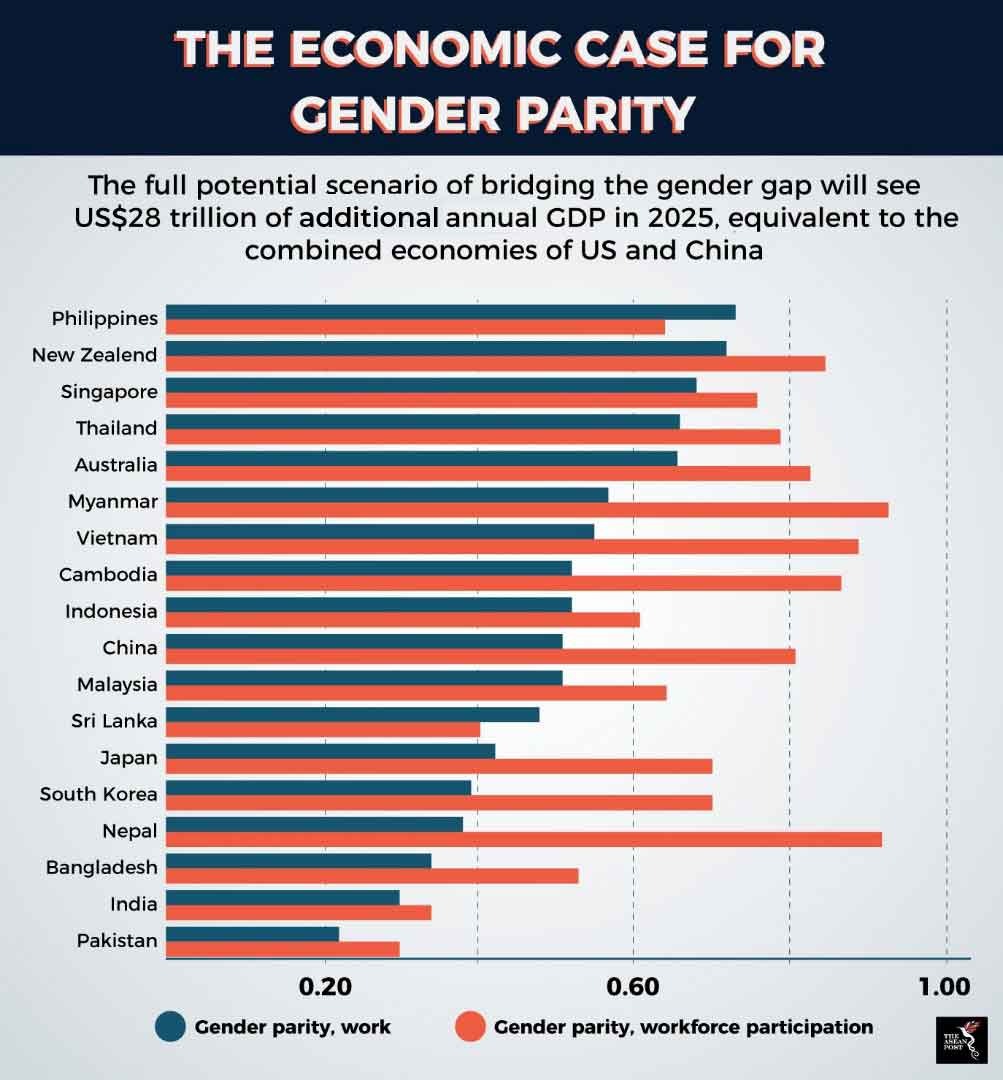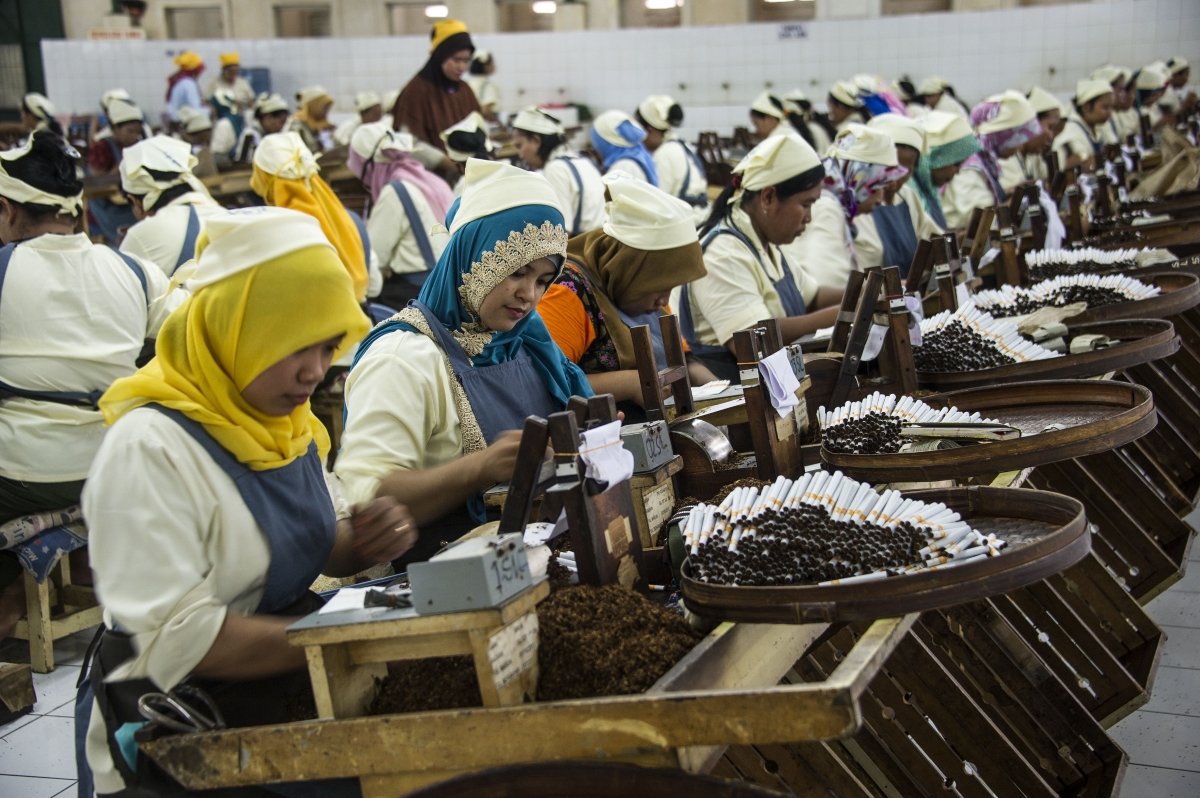Mary Wollstonecraft’s A Vindication on the Rights of Woman and Simone de Beauvoir’s The Second Sex were ground-breaking texts that dealt with the perceptions and roles of women in a patriarchal world. Both books remain relevant today, as the struggle for gender parity is still very much an ongoing concern.
In Southeast Asia, the lack of gender diversification in the workplace is still a visible problem in both, local and international companies throughout the region. However, public awareness on the matter is on the rise and steps to narrow the gender gap have been carried out by governments within ASEAN.
Regional accords
In 1988, ASEAN Foreign Ministers signed the Declaration on the Advancement of Women in ASEAN, which signals the bloc’s intent and dedication to involve women in all spheres of life at both, the national and regional levels. The agreement is also a call for women to be active in the progress of the region, as they constitute half of the labour force.
Formed in 2010, the ASEAN Commission on the Promotion and the Protection of the Rights of Women and Children (ACWC) is tasked with upholding the rights within the Convention on the Elimination of Violence Against Women (CEDAW). The commission comprises of 20 representatives, two from each ASEAN country.
The ACWC is mandated to encourage ASEAN member states to collect and analyse sex disaggregated data, and undertake periodic reviews of national legislation, policies, and practices pertaining to the rights of women and children. Also, the commission is to advocate on behalf of women and children, especially among vulnerable and marginalised groups, as well as to exhort governments within the region to alleviate their plight.
Based on a report by the McKinsey Global Institute (MGI), an additional US$28 trillion, or 26 percent of incremental GDP, could be achieved by 2025 if women were to participate in the workforce. This figure/percentage is approximately the combined size of the economies of the US and China today.
With action on gender equality (such as the establishment of a more inclusive workforce), ASEAN countries could add US$1.2 trillion of GDP to their economies, a 30 percent increase from current figures. The point here is that gender parity in the workforce can have positive economic effects for ASEAN as a whole.

Source: McKinsey Global Institute
Possible solutions to the parity conundrum
At the grassroot level, education on gender equality ought to be implemented for the betterment of ASEAN’s future generations. Emphasis should be placed on the need for sincere respect, as opposed to contrived tolerance. Furthermore, progress in four areas – education level, financial and digital inclusion, legal protection, and unpaid care work – could help accelerate progress in terms of economic development and regional prosperity.
Legal provisions outlining and guaranteeing the rights of women as full members of society have a positive impact on several social indicators, including the reduction of violence against women, the reduction in the number of child marriages, and increased labour force participation among women.
According to the Women, Business, and Law Database, married women in Myanmar and the Philippines are not able to apply for a passport in the same way as a married man. In Malaysia and Indonesia, widows do not share the inheritance rights accorded to widowers. These are underlying social constraints that have an impact on the possibility of narrowing gender parity in the workforce.
Governments and policy-makers can assist in narrowing the gender gap by strictly enforcing equality legislation, with focus placed on anti-discrimination or workplace harassment laws. The private sector has to address the cultural and organisational concerns that prevent women from advancing to leadership ranks.
It is not erroneous to say that the region is on the right track in its attempt to bridge the gender gap in all its forms, be it political, social, and/or economic. The building of an ASEAN that does not discriminate based on racial, religious, and/or gender lines is important so as to establish a community that is diverse and open to differences. Southeast Asia stands to benefit greatly should such a situation come forth.
